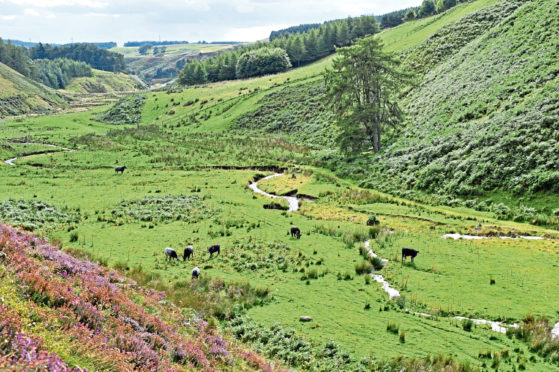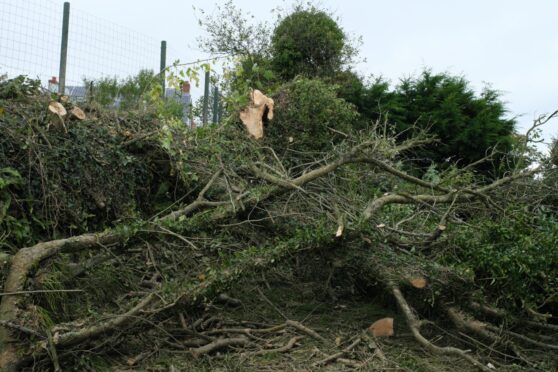Achieving the Scottish Government’s net-zero climate change commitments while also restoring our natural assets requires urgent changes in the way we farm.
In response, researchers at the James Hutton Institute (JHI) are developing a transformation plan for their 1,000 ha upland research farm, Glensaugh.
The vision is to use JHI’s research expertise along with external knowledge and technology to show how a financially stable future for the farm can be achieved while simultaneously achieving major reductions in carbon emissions and providing multiple benefits for nature and for wider society.
Glensaugh is unique in already having an area of mature agroforestry, planted in the 1980s to explore the benefits of integrating timber and livestock production.
We plan to more than double the area of trees on the farm to both sequester carbon and shelter our animals and, of course, our new woods will also grow harvestable timber and provide fuel.
The increase in farm woodlands will improve biodiversity, enhance water quality and support flood mitigation. More generally, land use planning will be used to support habitat connectivity and ensure biodiversity benefits.
Grassland management practices, including rotational mob grazing and increased sward diversity, are being tested for their productivity, carbon, biodiversity and water retention benefits.
We are also trialling alternative approaches to how we make our winter fodder.
It is expected that, at least in the short run, livestock numbers will need to reduce if the farm is to be carbon neutral.
This means that finding ways of attracting a sustainability premium on meat and wool products will be vital, as will finding other new ways of generating income from the farm’s resources.
Existing on-farm electricity generation from wind and solar PV, in conjunction with natural water resources, will be used to explore the potential of hydrogen as an energy store for running machinery and providing electricity and heat to nearby homes.
A key aim of the Glensaugh project is to share progress on the farm with farmers, policy makers and other stakeholders in the private and public sector.
The initiative will show what is possible while at the same time highlighting the contribution that the sector can make towards Scotland’s climate and biodiversity targets.










